Choosing between Milan and Rome for your Italian adventure? It’s like picking between gelato flavors – both are delicious, but each offers a unique taste of Italy.
These two cities couldn’t be more different, yet they’re equally captivating in their own ways. Milan dazzles with its fashion-forward vibe and sleek modernity, while Rome charms with its ancient wonders and timeless beauty.
Picture yourself strolling through Milan’s chic Brera district, sipping an espresso at a trendy café. Now imagine wandering Rome’s cobblestone streets, stumbling upon a hidden piazza with a baroque fountain. Both scenes are quintessentially Italian, but they paint very different pictures of the country.
This comparison will take you on a journey through these iconic cities, exploring their distinct personalities, must-see sights, and local flavors. Whether you’re drawn to Milan’s cutting-edge design or Rome’s rich history, we’ll help you decide which city is the perfect fit for your Italian dreams.
Key Takeaways
- Milan shines with modern flair, while Rome mesmerizes with ancient splendor
- Both cities offer unique culinary experiences and world-class attractions
- Your choice depends on your interests: fashion and design or history and art
Geographical Context and Accessibility
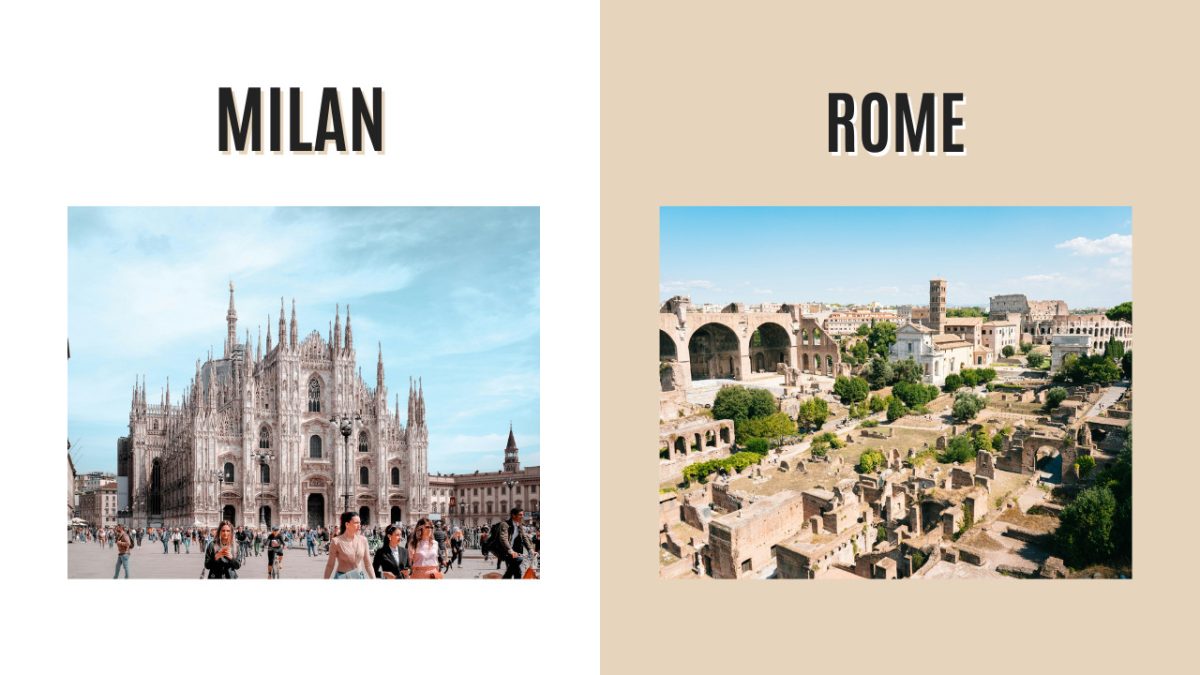
Milan and Rome sit in different regions of Italy, each with unique climate and transportation options. These factors can greatly impact your trip planning and overall experience in each city.
Location and Climate
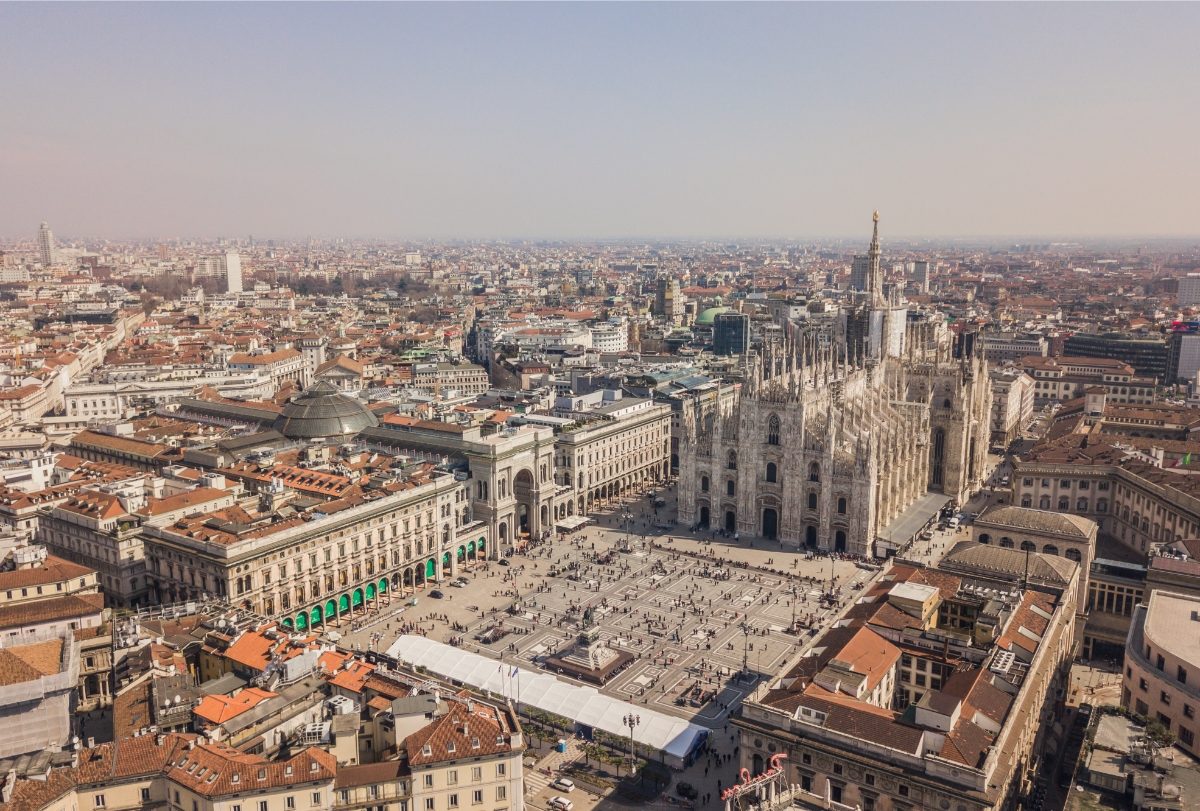
Milan is in northern Italy’s Lombardy region. It’s got a continental climate with hot summers and chilly winters. Temps can hit 30°C (86°F) in July and August, while January sees lows around 0°C (32°F).
Rome is in central Italy’s Lazio region. It enjoys a Mediterranean climate with mild winters and hot, dry summers.
Rome’s summers are scorching, often over 35°C (95°F). Winters are comfy, rarely dipping below 10°C (50°F).
Both cities get rain year-round, but Rome’s drier in summer. Milan can be foggy and humid.
Rome’s got more sunny days overall. The weather impacts when to visit – Milan’s best in spring and fall, while Rome shines from April to October.
Transportation and Airports
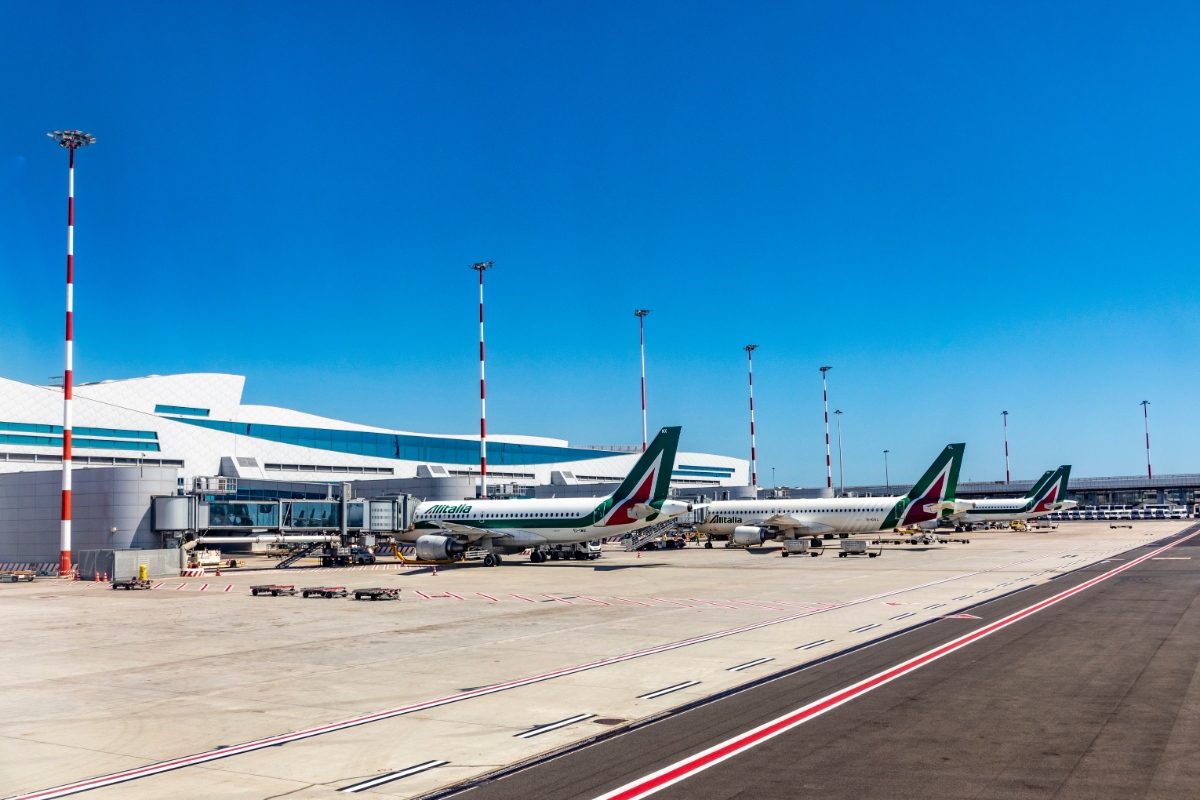
Rome has two main airports: Fiumicino and Ciampino. Fiumicino is the big international hub, about 30 km from the city. A train to the center costs €14 and takes 30 minutes.
Ciampino is closer but smaller, mainly for budget airlines. Milan’s main airport is Malpensa, 50 km northwest. The Malpensa Express train (€13) zips you to central Milan in 50 minutes.
Both cities have great public transport. Rome’s metro has 3 lines, while Milan boasts 4. Buses and trams crisscross both cities. Milan’s system is more extensive and efficient.
A single ticket in Rome costs €1.50 and is valid for 100 minutes. Milan’s €2 ticket lasts 90 minutes. Taxis are pricier in Milan, but both cities have ride-sharing apps like Uber.
Historic Importance and Architecture
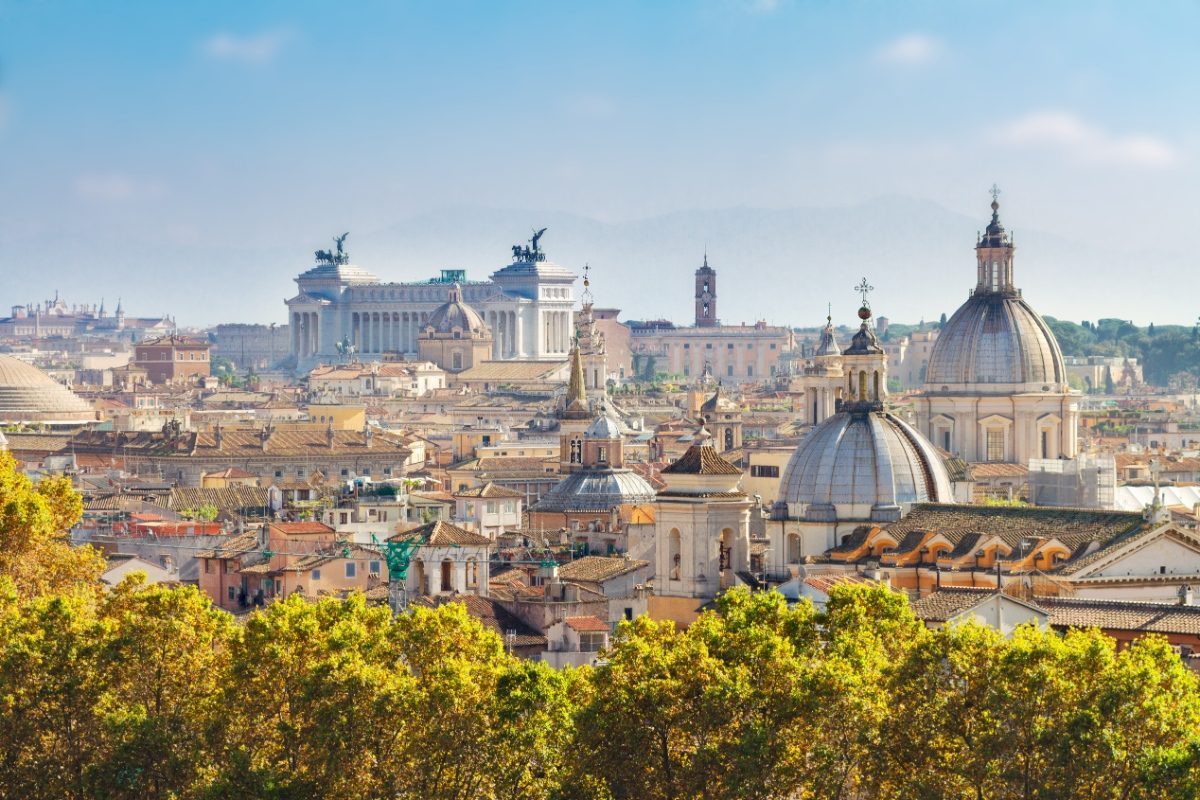
Rome and Milan both boast incredible history and stunning architecture. These cities showcase Italy’s rich cultural heritage through ancient landmarks and architectural marvels.
Ancient History and Landmarks

Rome’s ancient history is hard to beat. The Colosseum, a massive amphitheater from 80 AD, still stands as a symbol of the Roman Empire. Nearby, the Roman Forum gives visitors a glimpse into daily life in ancient times. Its ruins include temples, government buildings, and public spaces.
The Pantheon is another must-see. This former temple, now a church, has the world’s largest unreinforced concrete dome. It’s been standing for almost 2000 years!
For a bit of luck, toss a coin into the Trevi Fountain. This baroque masterpiece is a favorite spot for tourists and locals alike.
Architectural Marvels
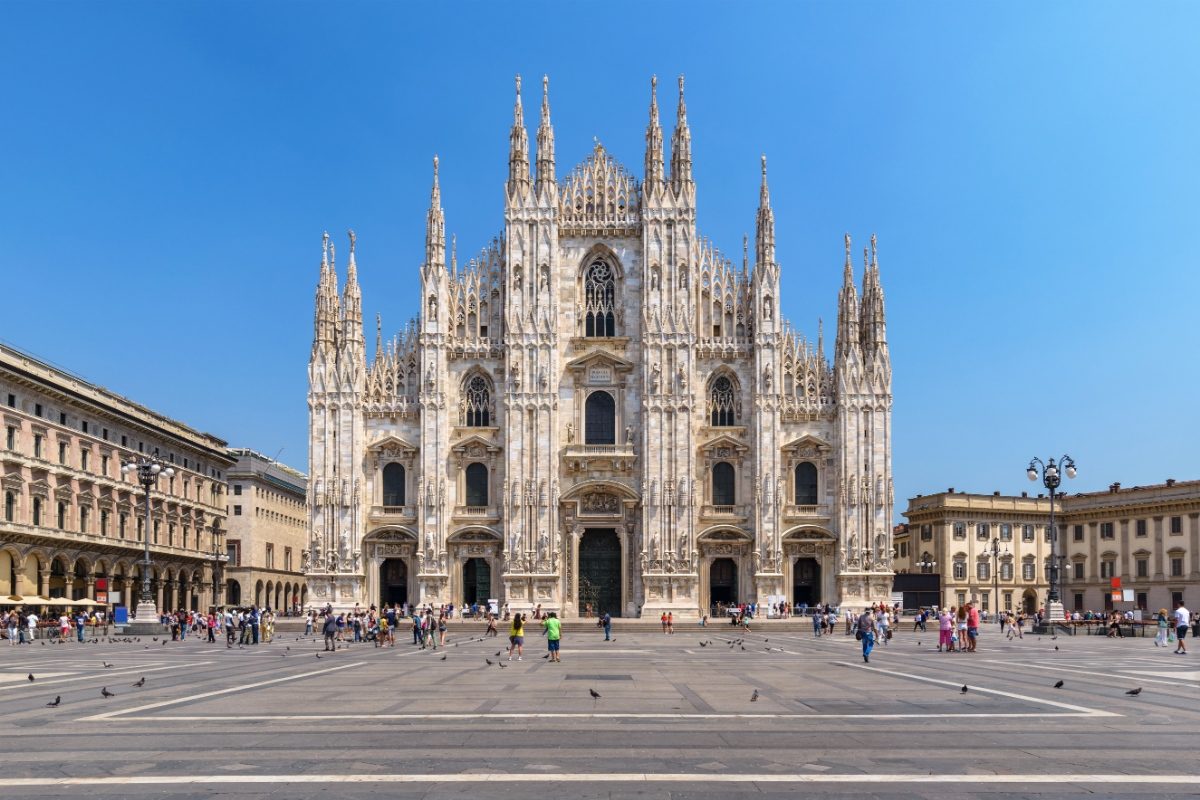
Milan may be younger than Rome, but its architecture is no less impressive. The Duomo di Milano is the city’s crown jewel. This massive Gothic cathedral took nearly six centuries to complete. Its intricate spires and statues are breathtaking.
Castello Sforzesco is another architectural gem. This 15th-century castle now houses several museums. Its imposing walls and towers give a glimpse into Milan’s medieval past.
Both cities blend old and new beautifully. In Rome, modern buildings are nestled next to ancient ruins, and in Milan, sleek skyscrapers stand alongside historic palaces. Each city offers a unique architectural journey through time.
Cultural and Artistic Scene
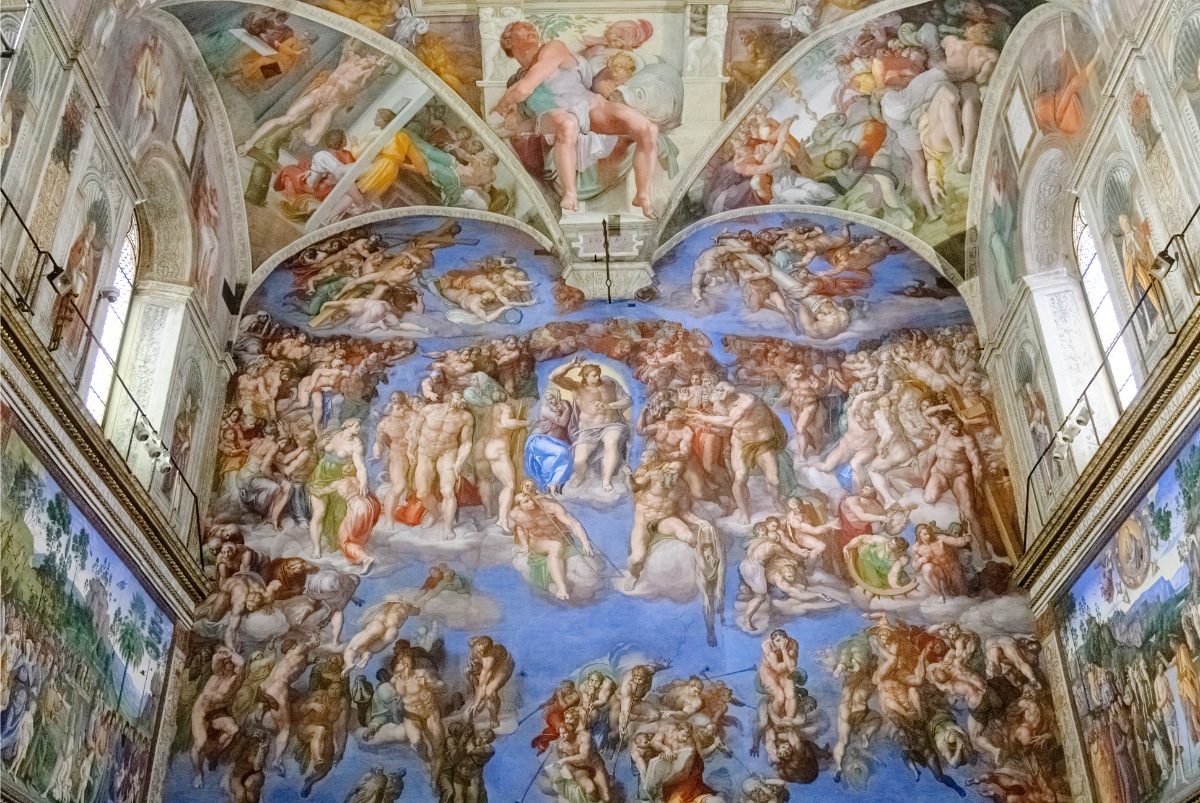
Rome and Milan both offer incredible cultural experiences but with distinct flavors. Rome’s ancient treasures contrast with Milan’s modern art scene. Each city provides unique ways to soak up Italian culture.
Museums and Art Galleries
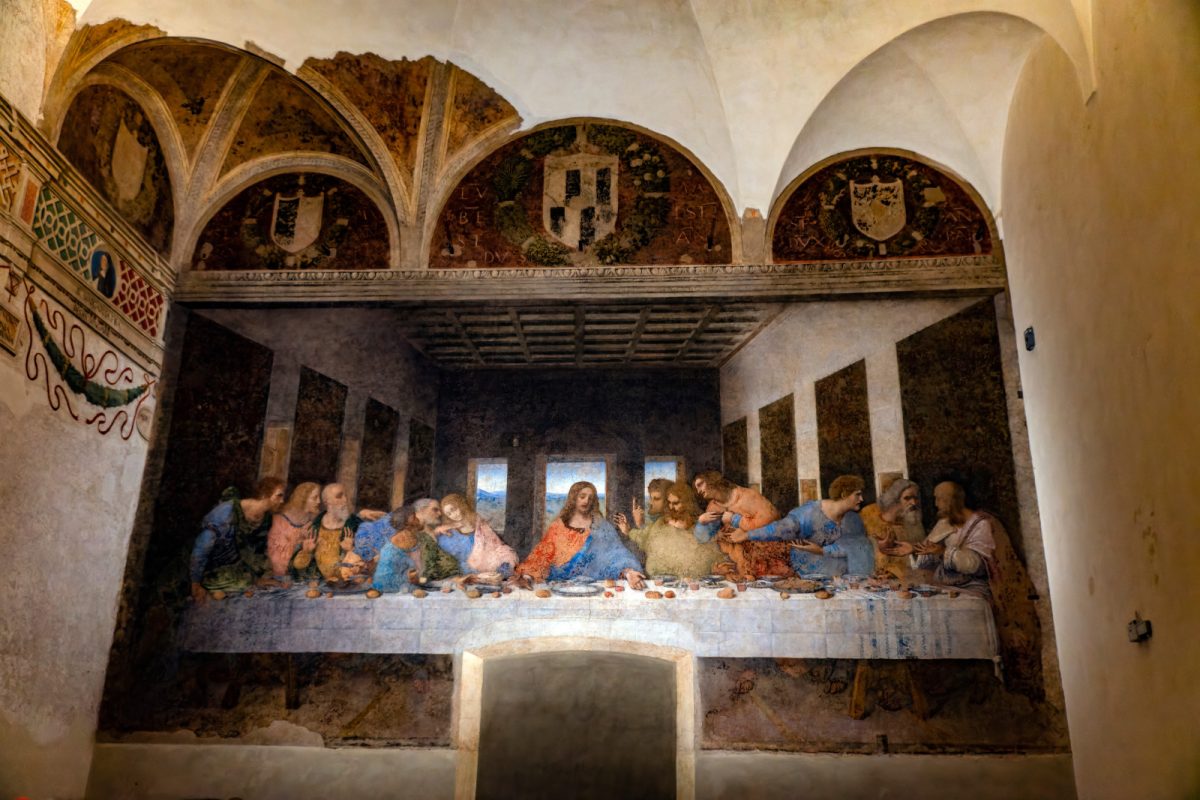
Rome’s museums are a history buff’s dream. The Vatican Museums house masterpieces like the Sistine Chapel, with Michelangelo’s famous frescoes.
Art lovers can spend days exploring the vast collections. Tickets cost about €17 ($20).
Milan shines with modern and Renaissance art. The Pinacoteca di Brera showcases Italian paintings in a stunning palace.
Don’t miss Leonardo da Vinci’s “The Last Supper” at Santa Maria delle Grazie. Book well in advance – tickets sell out fast!
Theater and Music
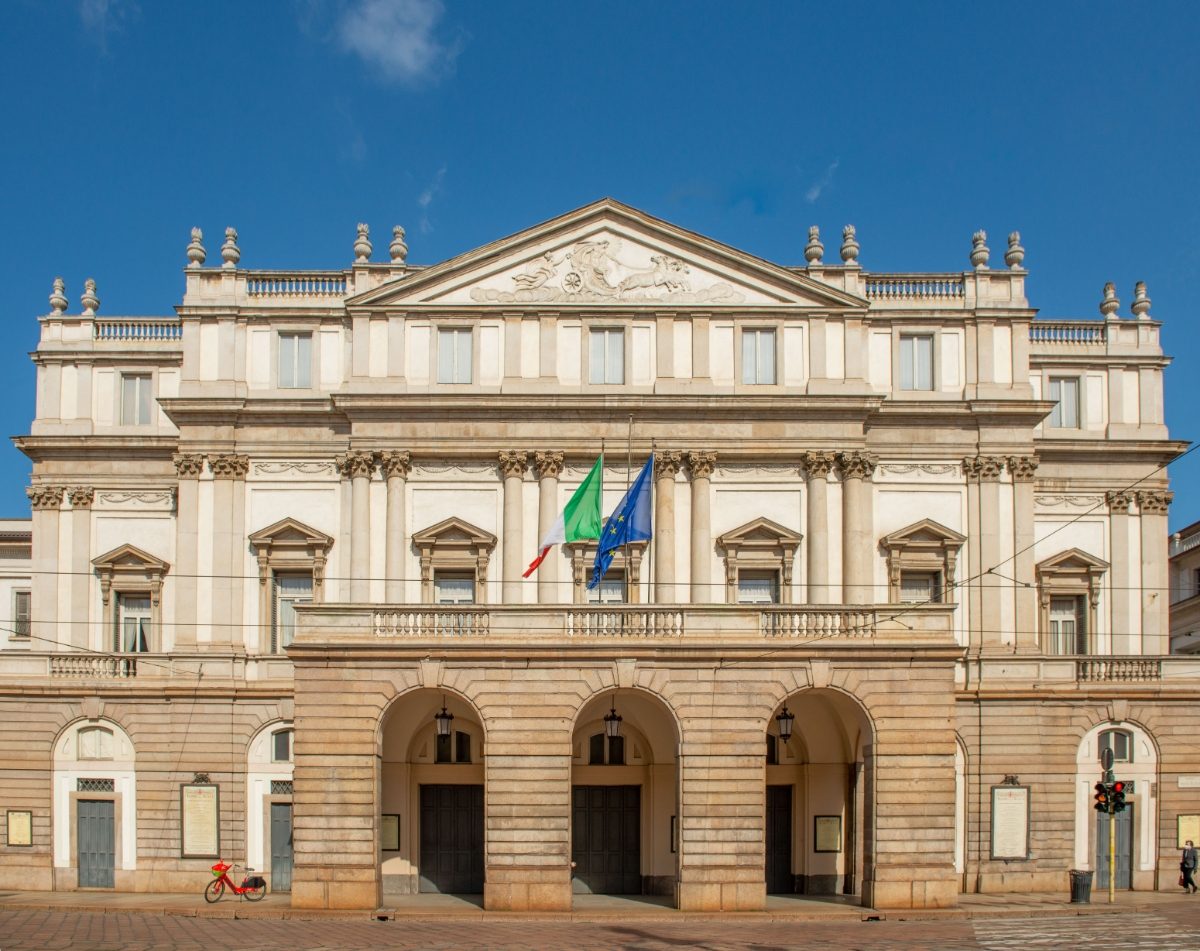
Rome’s outdoor summer festivals are magical. Imagine watching opera at the ancient Baths of Caracalla under the stars. Depending on the show, prices range from €25-150 ($30-175).
Milan is Italy’s opera capital. La Scala Theatre is world-famous for its performances and gorgeous interior.
Even if you’re not an opera fan, the atmosphere is unforgettable. Tickets start around €70 ($82) but can go much higher for popular shows.
Lifestyle and Leisure Activities
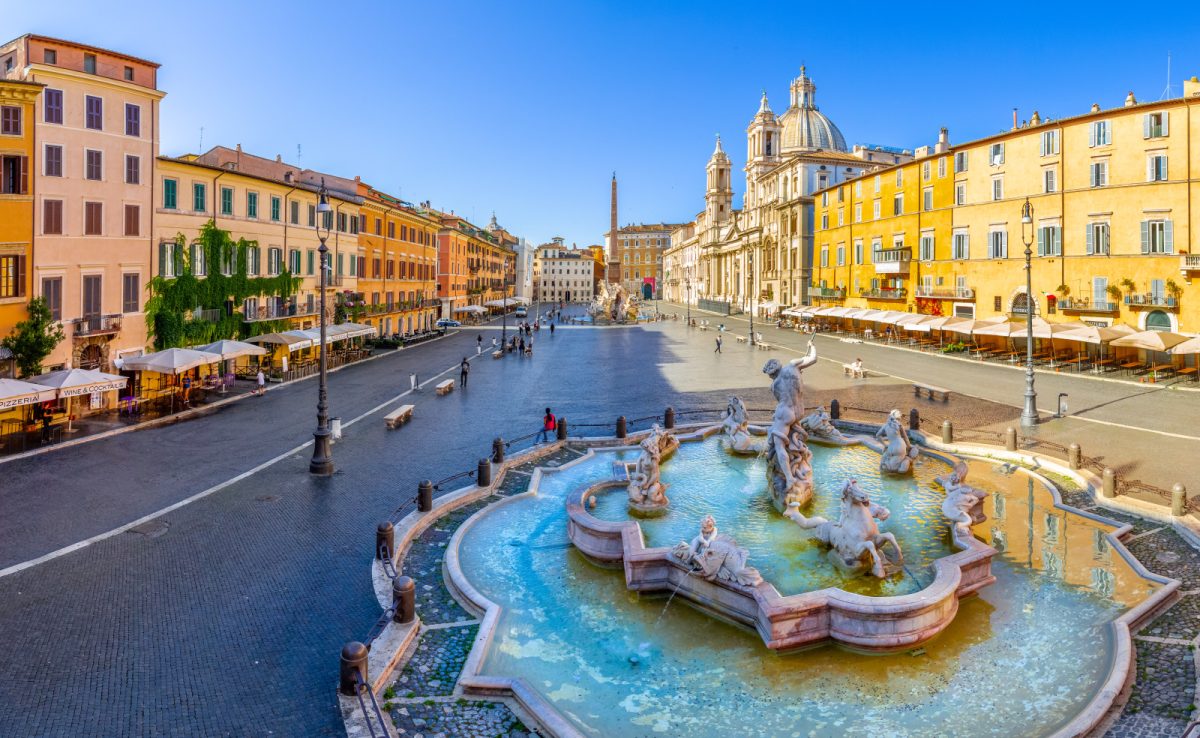
Milan and Rome offer distinct lifestyle and leisure experiences. Both cities have their unique charms, from world-class shopping to mouthwatering cuisine and vibrant nightlife scenes.
Shopping and Fashion
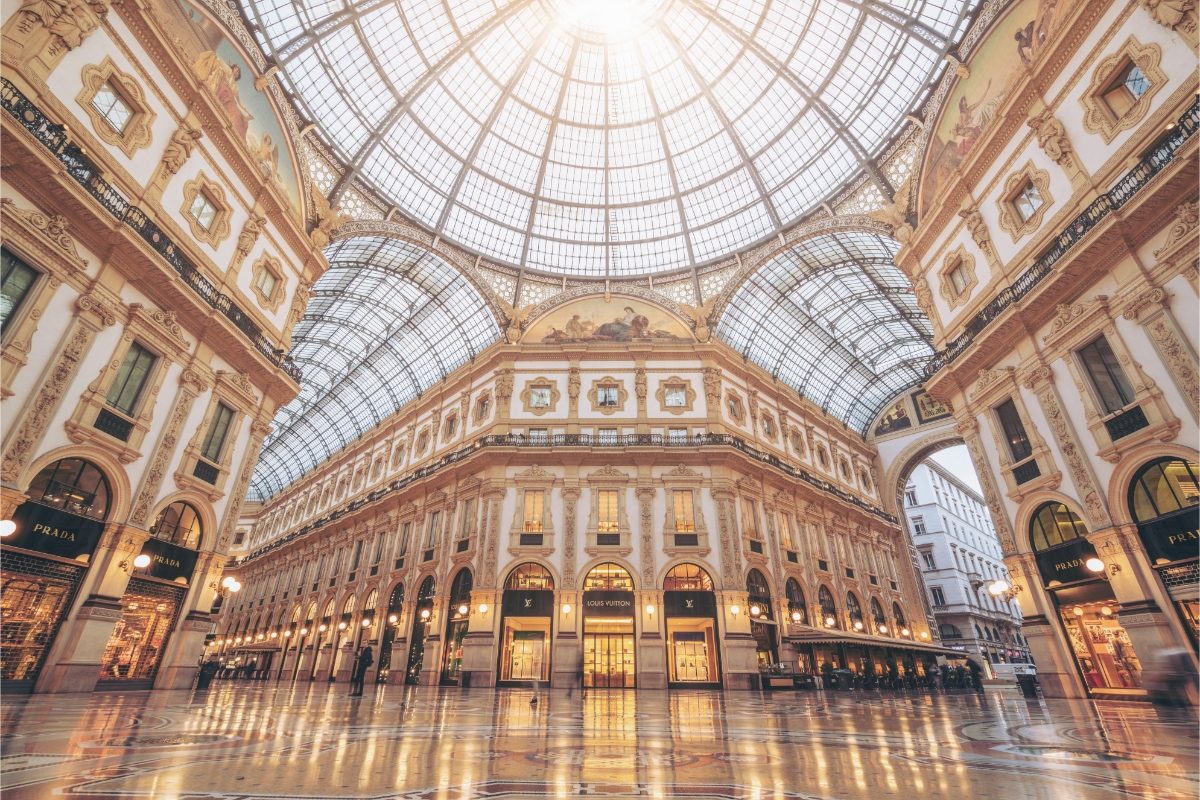
Milan is the undisputed fashion capital of Italy. The city hosts the famous Milan Fashion Week twice a year, drawing designers and fashionistas from around the globe. The Quadrilatero d’Oro (Golden Rectangle) is home to luxury boutiques like Gucci, Prada, and Versace.
For a truly Milanese shopping experience, head to the stunning Galleria Vittorio Emanuele II. This glass-roofed arcade is beautiful and houses high-end stores and cafes. It’s a great spot for window shopping and people-watching.
Some may not be as fashion-focused, but it still offers excellent shopping. Via del Corso and Via Condotti are popular shopping streets. For unique finds, explore the boutiques in Monti or the vintage shops in Trastevere.
Food, Dining, and Nightlife
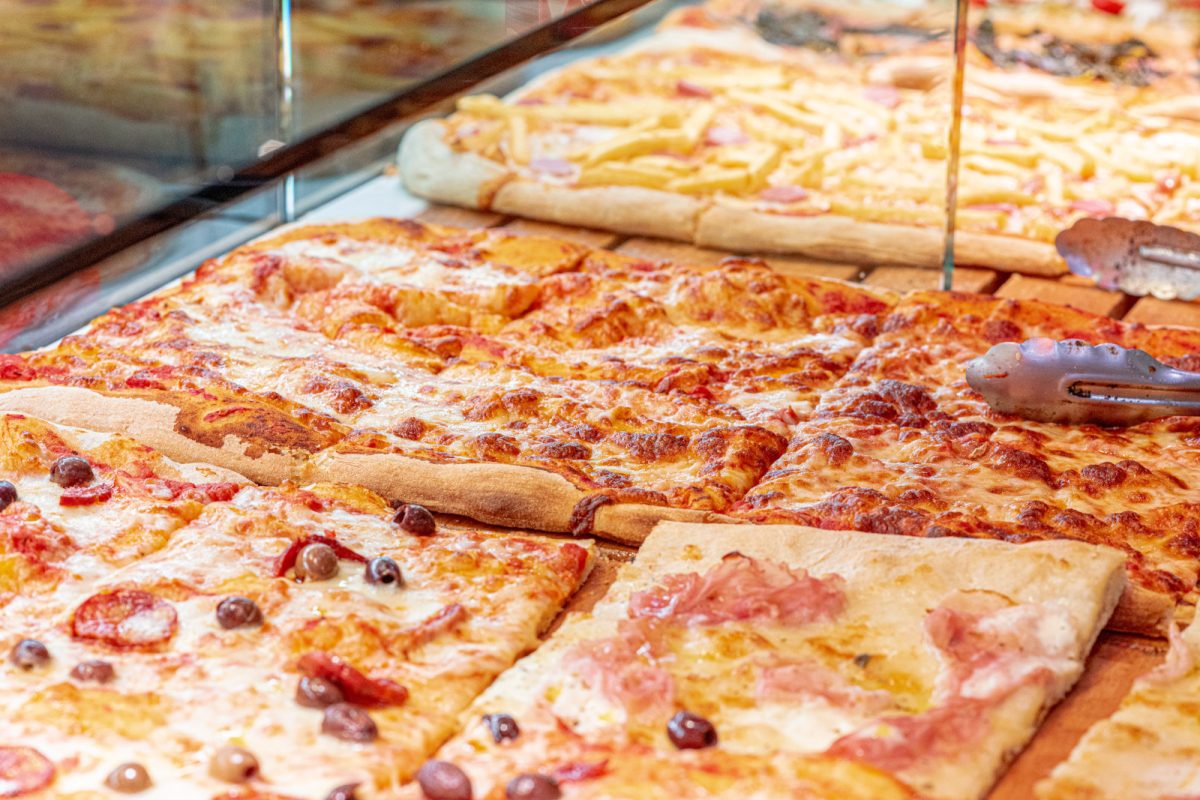
Both cities boast incredible food scenes, but with different flavors. Milan is known for hearty dishes like risotto alla Milanese and cotoletta.
For a taste of local life, visit the Navigli district. Its canals are lined with bustling bars and restaurants.
Rome’s cuisine is more tied to traditional recipes. Must-try dishes include pasta alla carbonara and pizza al taglio. The city’s historic center is packed with trattorias serving authentic Roman fare.
When it comes to nightlife, Milan takes the lead. The Navigli area transforms into a lively hub after dark.
Clubs in the Corso Como area keep the party going until dawn. Rome’s nightlife is more laid-back, centered around wine bars in Trastevere and Campo de’ Fiori.
Accommodation and Living Experience
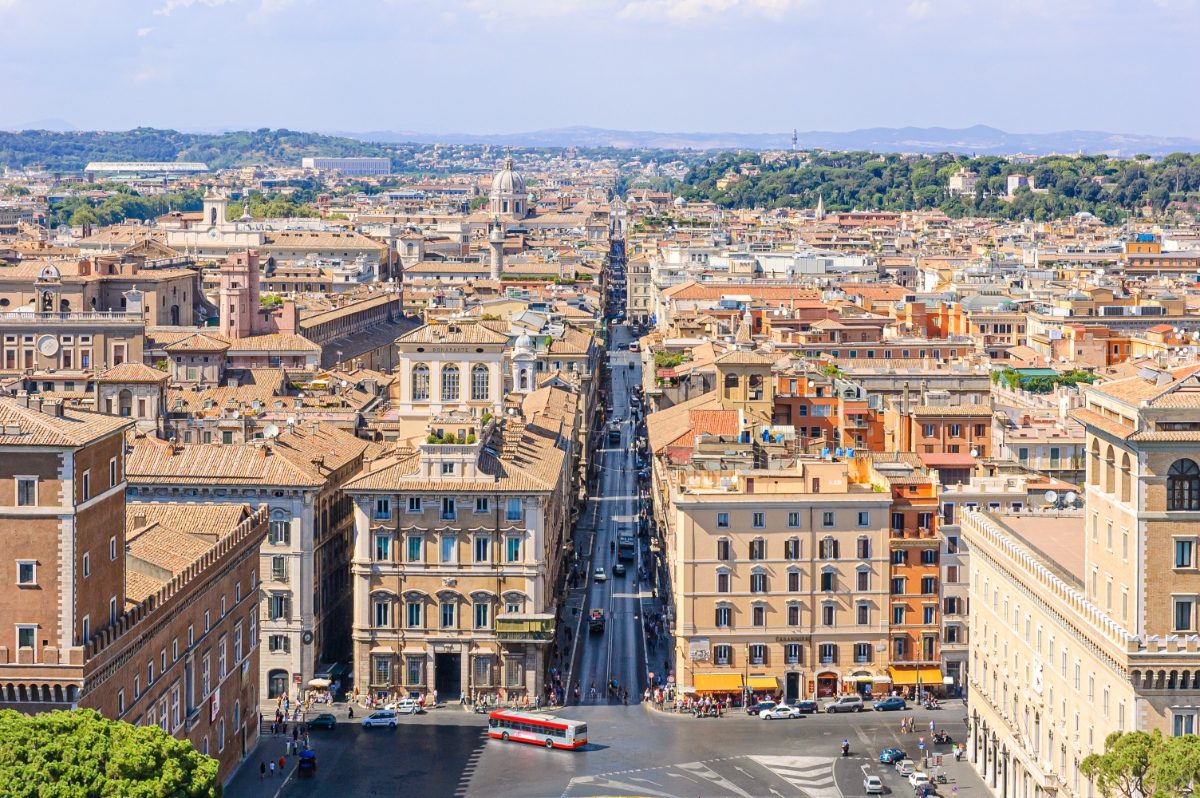
Finding a place to stay and managing daily expenses are key considerations when choosing between Milan and Rome. Each city offers unique options and costs for visitors and residents alike.
Hotel and Stay Options
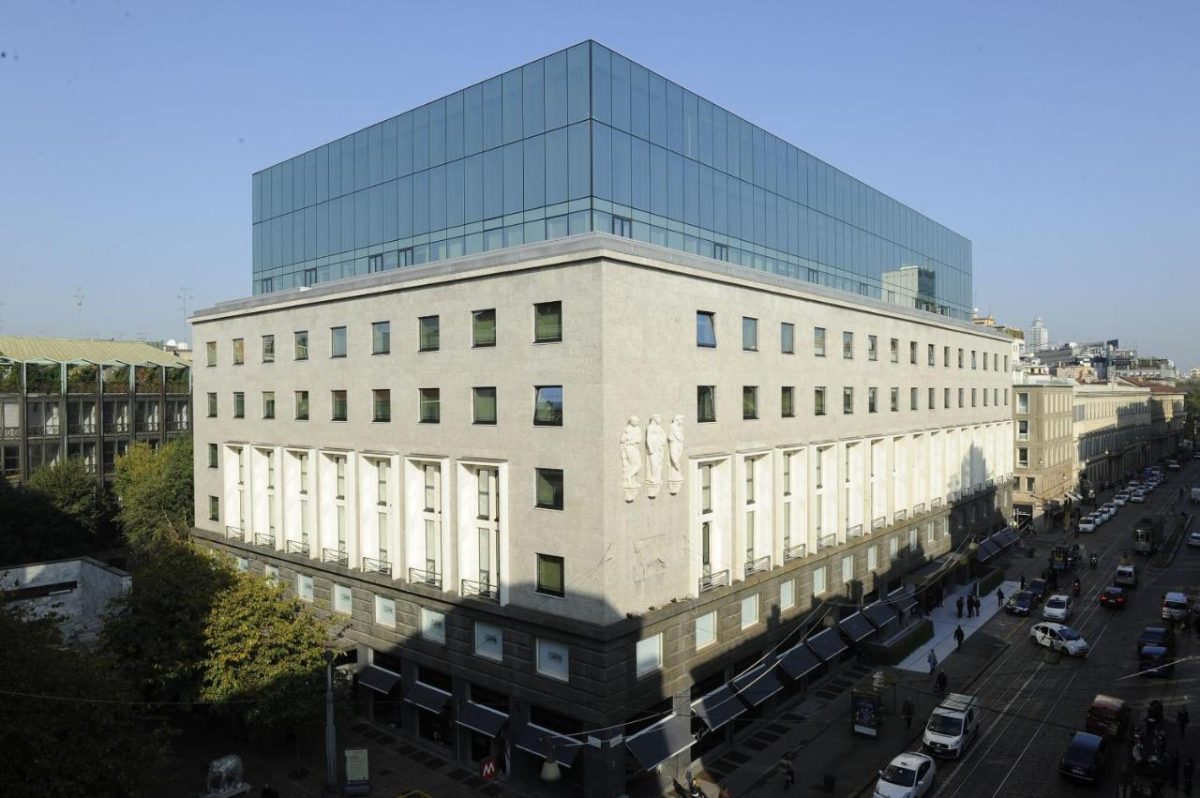
Milan boasts a mix of sleek boutique hotels and international chains. The fashion district hosts luxe spots like the Armani Hotel. For budget travelers, hostels near the Centrale station offer good value. Families might enjoy renting an apartment in the Navigli area, known for its canals and lively atmosphere.
Rome’s accommodation scene is equally diverse. The historic center is dotted with charming B&Bs in centuries-old buildings. Near the Spanish Steps, you’ll find posh hotels with rooftop bars.
Budget-conscious travelers can check out guesthouses in the trendy Monti neighborhood. Try an Airbnb in Trastevere, where you can live like a Roman among winding cobblestone streets for a local feel.
Cost of Living and Affordability
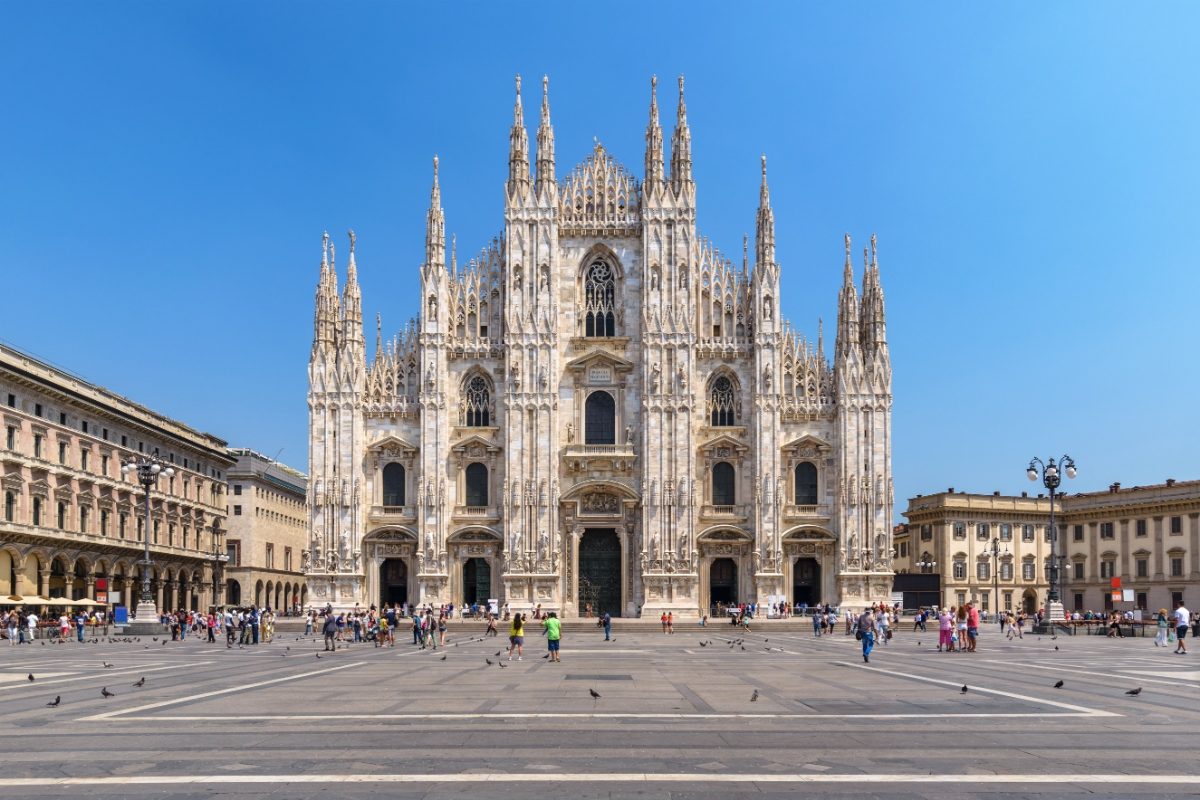
Milan’s reputation as a fashion and business hub comes with a price tag. Rent for a one-bedroom apartment in the city center can run €1,000-1,500 per month. Groceries and dining out tend to be pricier than in Rome. A cappuccino might set you back €1.50-2.50.
Rome offers slightly better value. City center apartments average €800-1,200 monthly. Eating out is more affordable, with many budget-friendly trattorias.
A pizza and beer can cost around €15. Public transport is cheaper in Rome too, with a monthly pass at about €35 compared to Milan’s €39.
Both cities have high living costs compared to smaller Italian towns. But with careful budgeting and local know-how, you can make either work for your wallet.
Unique Experiences and Day Trips
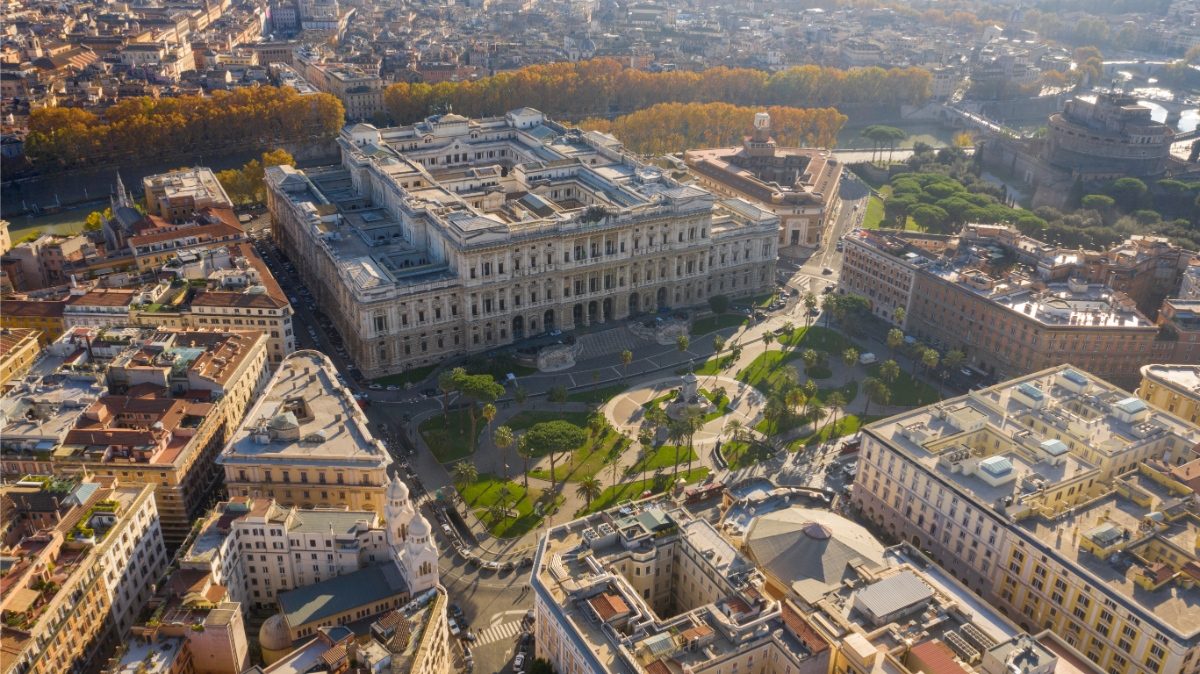
Rome and Milan offer visitors amazing chances to explore beyond the city limits. Both cities serve as great starting points for unforgettable excursions and local adventures.
Local Tours and Sightseeing
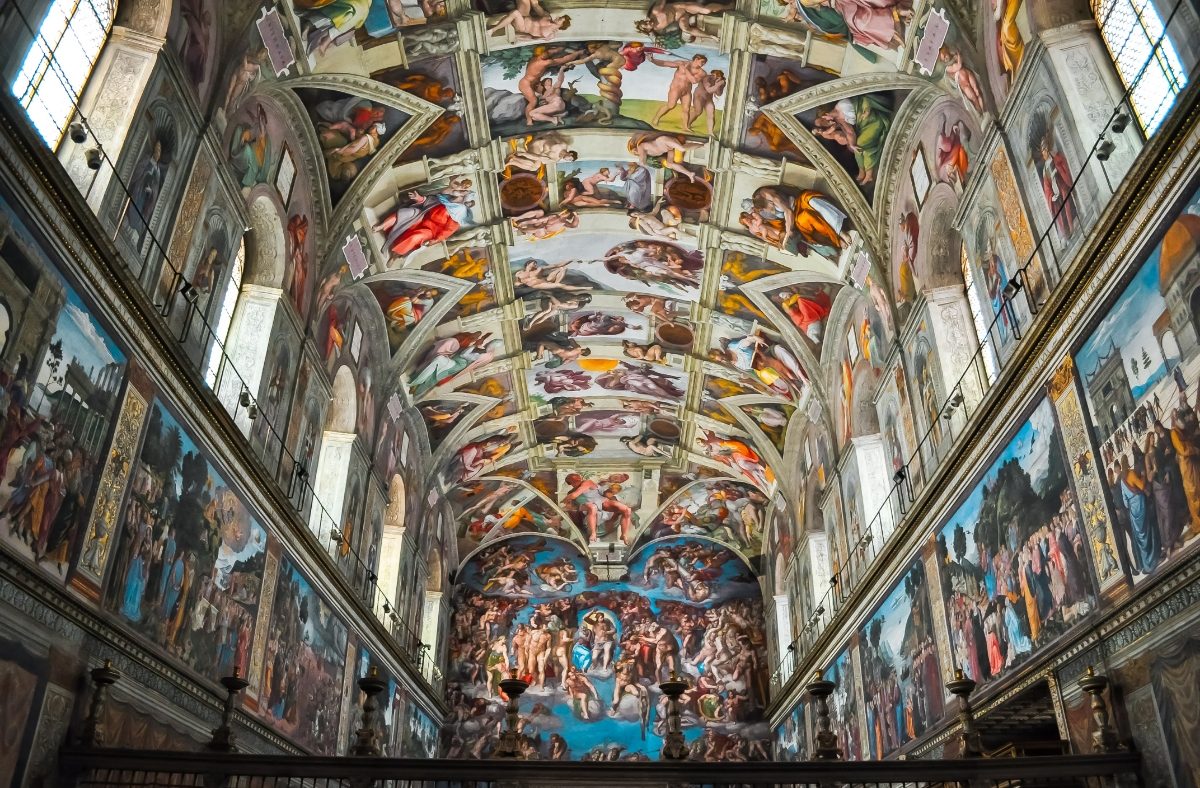
In Rome, you can’t miss a tour of Vatican City. The Sistine Chapel and St. Peter’s Basilica are breathtaking. Book a skip-the-line tour to avoid long waits.
Prices start around €60. To taste local life, join a food tour through the trendy Trastevere neighborhood.
Milan’s sightseeing is more compact. Take a guided tour of the stunning Duomo Cathedral – climb to the roof for amazing views! Art lovers should book tickets to see The Last Supper.
Tours often sell out months in advance, so plan ahead. A fun option is a vintage Fiat 500 tour around the city’s hidden gems.
Excursions Beyond the City
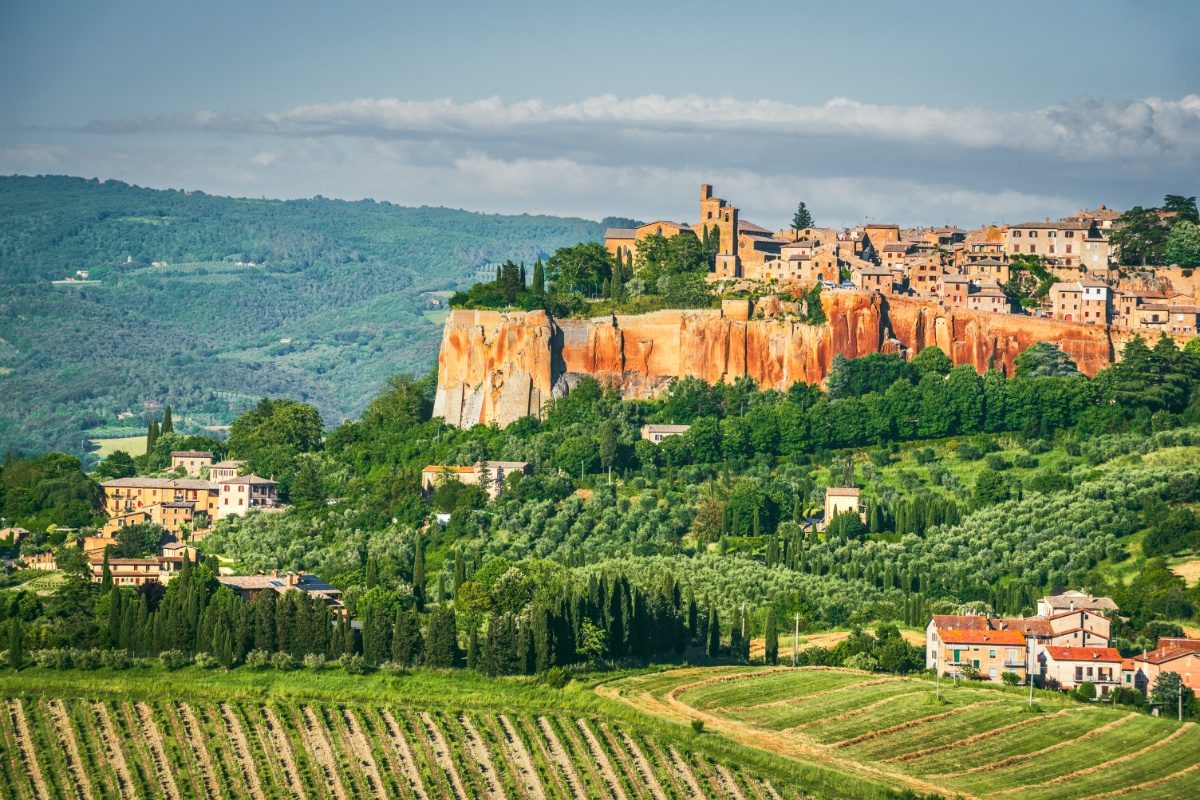
From Rome, the ancient ruins of Pompeii make for an incredible day trip. It’s about 2.5 hours by train.
Closer to Rome, visit charming hill towns like Orvieto or Tivoli. The Villa d’Este in Tivoli has gorgeous Renaissance gardens and fountains.
Milan is the gateway to northern Italy’s lakes and mountains. Lake Como is just an hour away by train. Take a boat tour to see stunning lakeside villas.
The medieval town of Bergamo is even closer – perfect for a half-day trip. Its walled old town feels like stepping back in time.
Frequently Asked Questions
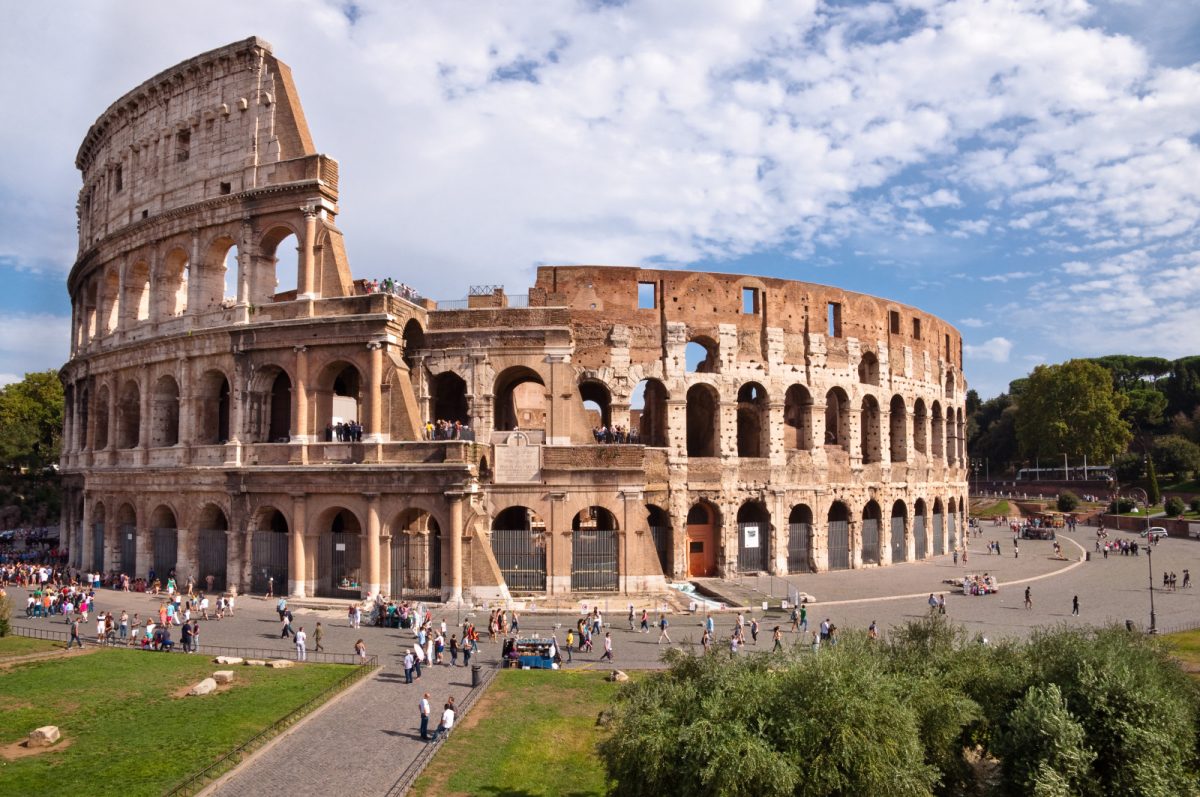
Milan and Rome offer different experiences for visitors and residents alike. Each city has its own unique charm, culture, and opportunities. Let’s explore some common questions people have when comparing these two iconic Italian destinations.
Which city is preferred for living by most expats, Milan or Rome?
Milan tends to be the top choice for expats. It’s got a more international vibe and lots of job opportunities, especially in fashion and finance. The city’s also known for being pretty organized and efficient, which can make daily life easier.
Rome has its fans too, though. Some expats love the eternal city’s rich history and laid-back lifestyle. It’s a bit more chaotic, but that’s part of its charm for many people.
What are the major differences in nightlife experiences between Milan and Rome?
Milan’s nightlife is all about style and sophistication. You’ll find trendy cocktail bars and chic clubs where the fashion crowd hangs out. The Navigli district is a hotspot for drinks along the canals.
Rome’s nightlife has a more relaxed vibe. Think cozy wine bars in Trastevere or outdoor parties in summer. The city comes alive after dark, with people spilling out onto piazzas and streets.
How do the educational opportunities compare for students in Milan versus Rome?
Milan shines when it comes to business and tech education. Bocconi University is a top-notch business school, and Politecnico di Milano is great for engineering and design.
Rome’s universities excel in humanities, arts, and classical studies. La Sapienza is one of the oldest universities in the world and offers a wide range of programs.
Which city tends to be a more popular shopping destination, Milan or Rome?
Milan wins hands down for shopping. It’s a fashion capital with designer boutiques and the famous Quadrilatero d’Oro shopping district. You’ll find everything from high-end labels to trendy streetwear.
Rome has great shopping too, but it’s not as central to the city’s identity. Via del Corso and Via Condotti are popular shopping streets, with a mix of international brands and local shops.
Between Milan and Rome, which city offers more tourist attractions worth visiting?
Rome takes the cake for tourist attractions. The Colosseum, Vatican City, and Trevi Fountain are just a few of its world-famous sites. There’s so much history around every corner.
Milan has its share of attractions too. The Duomo, Leonardo da Vinci’s Last Supper, and the Sforza Castle are must-sees. But compared to Rome, the list is shorter.
In terms of economic affluence, how does Milan compare with Rome?
Milan is generally seen as more economically affluent. It’s Italy’s financial hub and home to many international companies. Salaries tend to be higher, but so is the cost of living.
Rome’s economy is more diverse, with tourism playing a big role. While there’s wealth in Rome, especially in certain neighborhoods, it’s not as concentrated as in Milan.

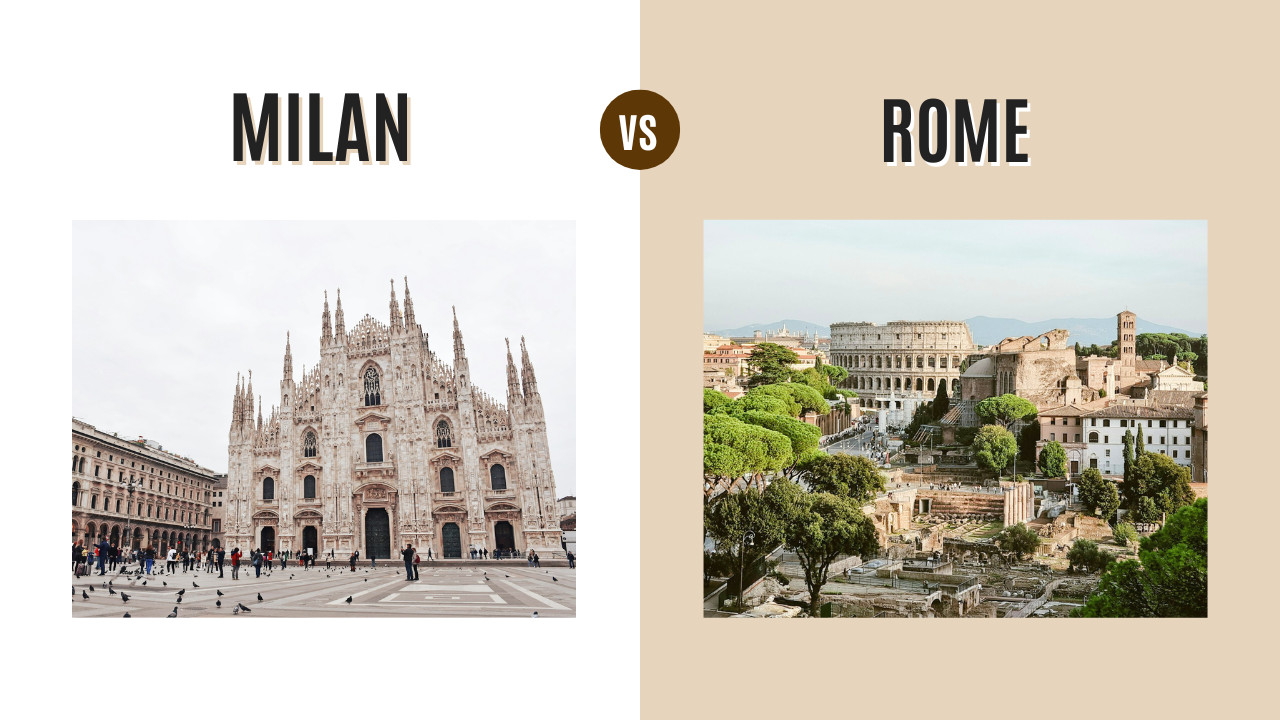
0 Comment